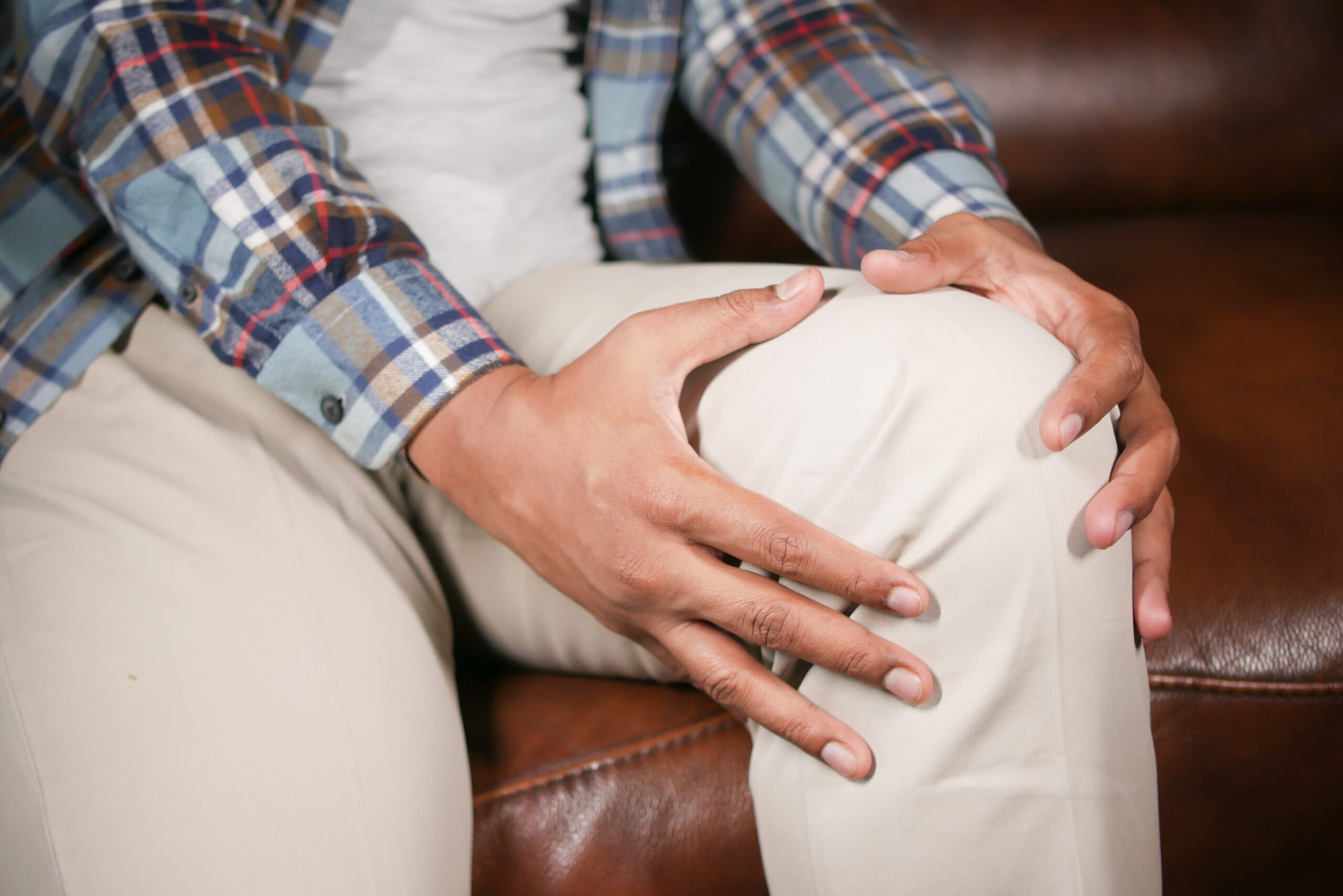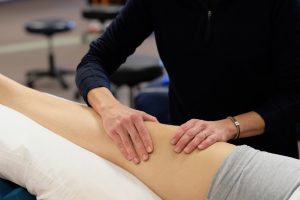Identifying And Treating Pain From Nerve Tension
At Tvastacare Physiotherapy, we understand the debilitating effects of nerve tension and the impact it can have on a patient’s quality of life. Nerve tension, also known as nerve entrapment, occurs when nerves become compressed or irritated due to various factors such as poor posture, repetitive motion, trauma, or injury. When this happens, it can cause pain, tingling, numbness, weakness, and other uncomfortable sensations. Treating Pain From Nerve Tension is important.
Fortunately, physiotherapy can help identify and treat pain from nerve tension effectively. Our team of experienced physiotherapists uses a variety of techniques to alleviate nerve compression, reduce pain, and improve mobility.
First, we conduct a thorough evaluation of the patient’s symptoms and medical history to identify the root cause of the nerve tension. Based on our findings, we develop a personalized treatment plan that may include manual therapy, stretching, and strengthening exercises. We also teach patients how to correct their posture and perform proper body mechanics to prevent further nerve compression.
Manual therapy techniques such as myofascial release, trigger point therapy, and joint mobilization can help release tension in the affected nerves, reducing pain and promoting healing. Our physiotherapists also use therapeutic modalities such as ultrasound, electrical stimulation, and heat or ice therapy to enhance the effects of manual therapy and reduce pain and inflammation.
In addition to in-clinic treatments, we also provide home exercise programs to ensure that patients continue to make progress and maintain their results. We monitor patients’ progress regularly, adjusting their treatment plan as needed to ensure optimal outcomes.
At Tvastacare Physiotherapy, our goal is to help patients overcome treating pain from nerve tension and improve their overall quality of life. We strive to provide the highest quality of care, using evidence-based treatments and the latest techniques in physiotherapy. Contact us today to learn more about how we can help you live pain-free.












